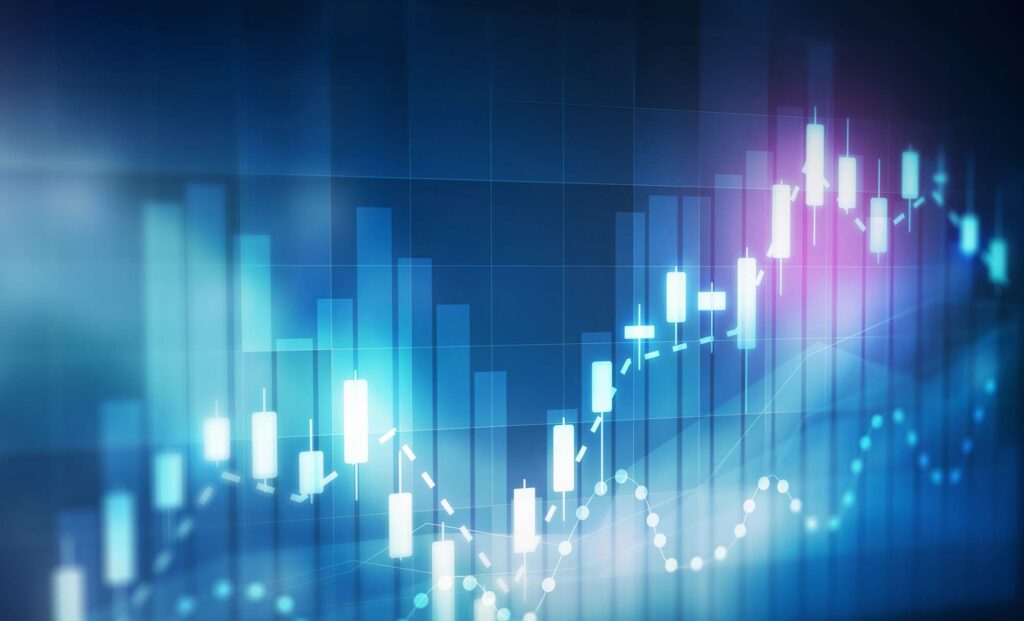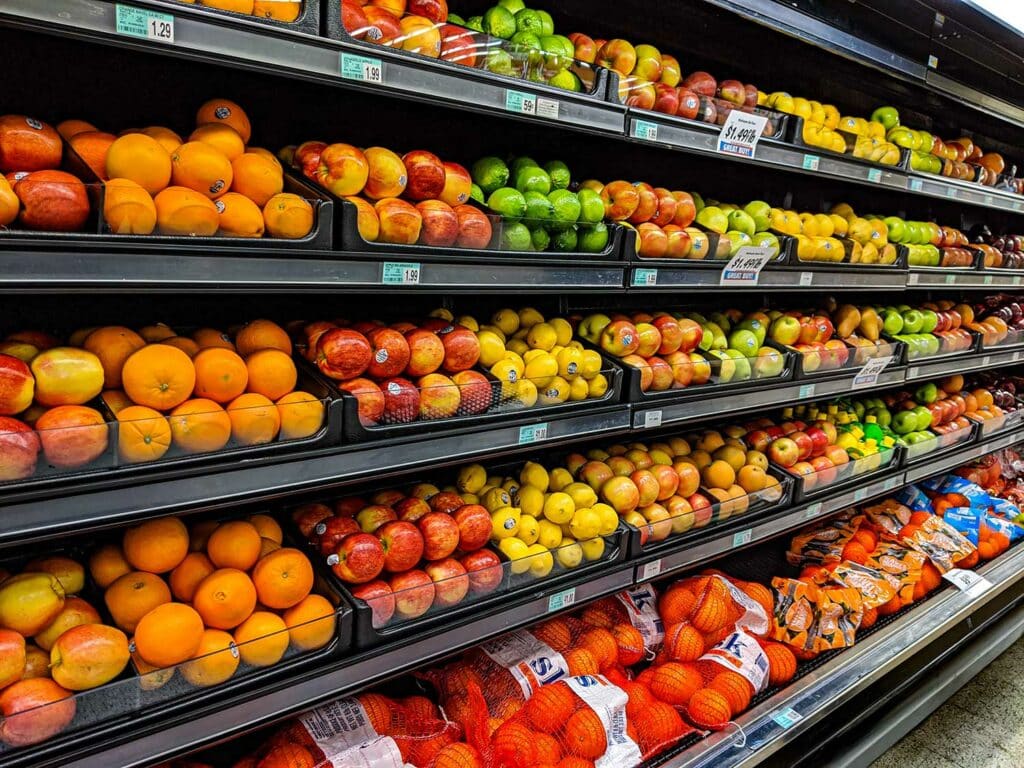Here’s a Stock to Offset Food Inflation
Ignore the premature celebration on Wall Street that inflation has been beaten and all is well with the world.
In reality, inflation is not close to being “beaten.”
For example, take a look at food prices in the U.S., which increased 11.2% in the 12 months that ended September 30, after jumping 11.4% previously (the most since May 1979). This is according to the latest inflation data published October 13, 2022, by the U.S. Labor Department’s Bureau of Labor Statistics.
And now, food prices are once again facing upward pressure. The latest blow to consumers is due to the record cost for shipping grain in the U.S.: it now costs $90.45 to transport one ton of freight by barge along the Mississippi River from St. Louis, Missouri, to New Orleans, Louisiana. This data comes from an October 6 report by the U.S. Department of Agriculture.
The price of barge transport has tripled over the past 12 months, hitting the highest figure ever recorded since 2003, when comparable data was first recorded!
This is not good news for consumers. But as an investor, you can offset rising food inflation by choosing a company that can do well in the current economic environment…
The jump in cost for barge transportation is due to the fact that this year, drought conditions have caused water levels in the Mississippi River to drop a lot. This triggered barge draft restrictions that have limited the amount of cargo each vessel can carry. In other words, it takes more barges to transport the same volume of freight.
A mere 170,000 tons of soybeans, wheat, and corn traveled down one segment of the Mississippi River during the final week of September, according to Department of Agriculture data. That’s a 50% decline from the average volume over the past three years.
As one grain trading analyst told Nikkei Asia, “We thought food inflation had subsided, but now it is gaining steam again.”
Archer Daniels Midland at a Glance
One company that will do well from this food inflation is Archer Daniels Midland (commonly referred to by its ticker symbol, ADM), whose stock has easily outperformed the broad market in 2022, up more than 28% year to date.
Founded in 1902 and based in Chicago, Archer Daniels Midland purchases, transports, stores, processes, and merchandises agricultural commodities and products worldwide. One of the world’s leading producers of ingredients for both human and animal nutrition, ADM transforms natural products into staple foods, sustainable and renewable industrial products, renewable fuels, and a vast pantry of food and beverage ingredients, supplements, nutrition for pets and livestock, and more.
ADM’s operations are organized into three business segments: Ag Services and Oilseeds (58% of 2021 operating profit); Carbohydrate Solutions (27% of 2021 operating profit); and Nutrition (15% of 2021 operating profit).
The Ag Services and Oilseeds segment includes activities worldwide related to the origination, merchandising, transportation, and storage of agricultural raw materials, as well as the crushing and processing of oilseeds like soybeans and soft seeds (cottonseed, sunflower seed, canola, rapeseed, and flaxseed) into vegetable oils and protein meals.
The Carbohydrate Solutions segment is engaged in the wet and dry milling of corn and wheat, as well as other activities. ADM converts corn and wheat into products and ingredients used in the food and beverage industry, including sweeteners, corn and wheat starches, syrup, glucose, wheat flour, and dextrose.
The Nutrition segment serves various end markets including food, beverages, nutritional supplements, and feed, along with premix for livestock, aquaculture, and household pets. It engages in the manufacturing, sale, and distribution of a wide array of ingredients and solutions including plant-based proteins, natural flavors, natural colors, emulsifiers, soluble fiber, probiotics, prebiotics, enzymes, botanical extracts, and other specialty food and feed ingredients. This segment is ADM’s least volatile business and one of its more profitable, with EBITDA margins in the low-to-mid-20% range.
A Look Ahead at ADM
ADM has reported five consecutive quarters of results that have beaten Wall Street forecasts. I expect a sixth such quarter when it reports results in late October 2022.
The bullish outlook reflects my outlook for further growth in the Oilseeds business (thanks to increased exports), expanded European capacity in Carbohydrates Solutions, and continued strong growth in the Nutrition segment, which is benefiting from strong global demand for soybean meal.
Longer-term, I expect the nutrition business to grow from 15% of profits in 2021 to 27% by 2026. This will make ADM less exposed to the ups-and-downs of the grain market.
On the dividend side, ADM’s balance sheet is clean, with few near-term debt maturities over the next few years. And management has signaled confidence in raising the dividend again this year.
Archer Daniels Midland is a Dividend Aristocrat, having now paid a dividend for 90 straight years!
Dividends have averaged just above 40% of net income for the past decade—a steady and sustainable pace. In January 2022, ADM raised its quarterly payout by 8.1% (the biggest jump in seven years) to $0.40 per share, or $1.60 annually, for a current yield of about 1.9%.
I fully expect another nice jump in the dividend in early 2023 and believe ADM stock will continue to outperform the broader stock market. The stock, currently around $87 a share, is a buy anywhere up to $95 a share.
If you’re not doing this in your portfolio right now…You could be missing out on $5,900 per month in retirement.I’m not referring to some new dividend strategy…And this does NOT involve forex or anything complicated or risky like that.But this “Recession-proof” strategy can generate up to $5,900 per month… in up markets… down markets… and anything in between.Click here to learn how to collect up to $5,900/month.
Here’s a Stock to Offset Food Inflation Read More »










